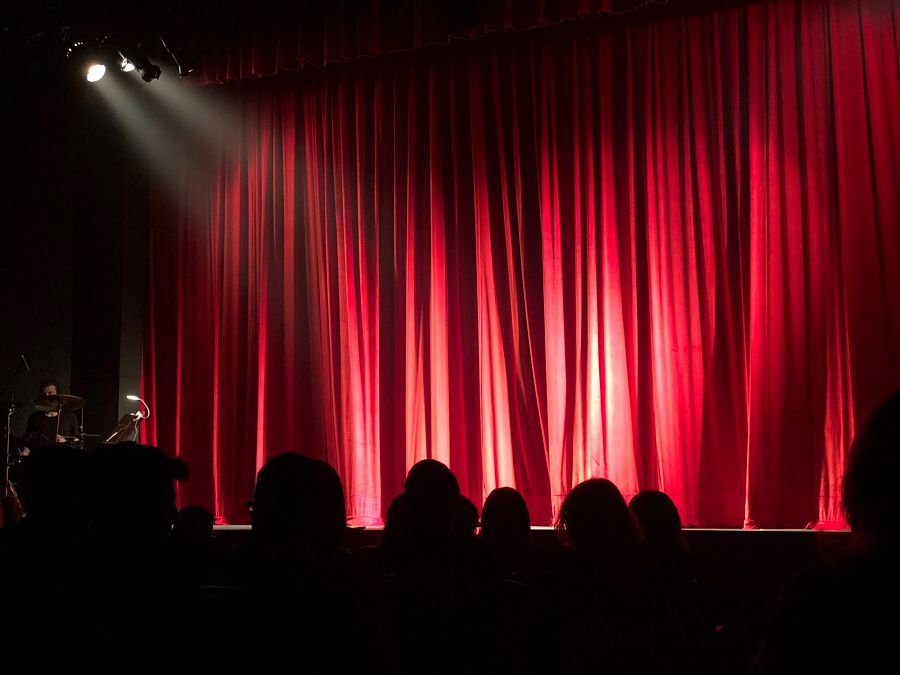Cutting Through the Haze: A Response to a Foggy Argument
What was missing from a recent op-ed? A sense of how lighting designers actually work to tell visual stories and create stage space.
 Theatre is as much a visual as a verbal medium, and among the key perceptual guides not only to what we see but how we see it are theatrical lighting designers. Though it’s only been officially recognized as its own distinct profession since the 1940s, the manipulation of light and its properties has been an integral part of theatremaking since its beginning. This special issue looks at the latest developments in the craft and technology of illumination through the eyes of some of its leading practitioners.
Theatre is as much a visual as a verbal medium, and among the key perceptual guides not only to what we see but how we see it are theatrical lighting designers. Though it’s only been officially recognized as its own distinct profession since the 1940s, the manipulation of light and its properties has been an integral part of theatremaking since its beginning. This special issue looks at the latest developments in the craft and technology of illumination through the eyes of some of its leading practitioners.
What was missing from a recent op-ed? A sense of how lighting designers actually work to tell visual stories and create stage space.
To tell the story of theatrical lighting design, we need to get beyond adjectives and surfaces.
How master designers Jules Fisher and Peggy Eisenhauer help us see what their directors want to show us.
Tomorrow’s lighting technology is already here, though the changeover is not yet complete.
The artistic director of Cincinnati’s Know Theatre wears many hats, but his main lens into theatre is lighting design.
Tharon Musser, whose career spanned four decades, spurred innovation in her field, but always in the service of a central concept.
Their instruments can evoke every color of the rainbow, but the designers are still overwhelmingly white and male.
Stage fog and haze are great tools for the right occasion. But must they be a default design element?